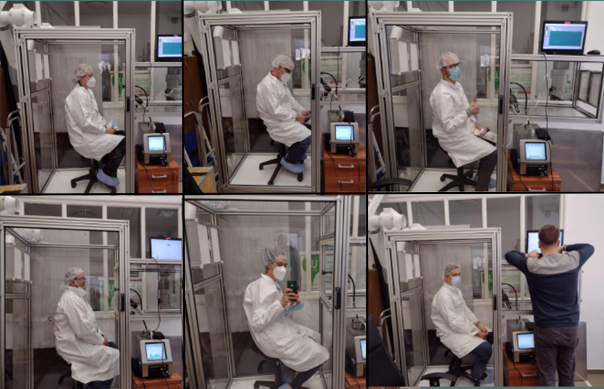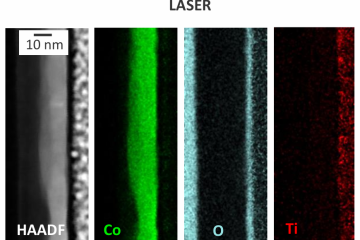A new collaborative study sheds light on the dynamics of fine aerosol particles emitted from the human respiratory system during speaking, and evaluates how effectively different types of face masks filter them under real-world conditions.
The research was conducted by scientists from the HUN-REN Centre for Energy Research, the HUN-REN Wigner Research Centre for Physics, and Semmelweis University, combining expertise from environmental physics, aerosol and medical sciences. Notably, the research was carried out with the active involvement of high school students, who contributed significantly to the experimental work and data analysis.
Using a custom-built, sealed cabin and high-resolution particle spectrometry, the team studied 28 healthy volunteers while speaking with and without masks. The results show that the size distribution of exhaled submicron particles (those under 1 µm) follows a consistent bimodal pattern, while the total quantity of particles varies significantly between individuals – in some cases by up to two orders of magnitude.
One key finding is that the number of emitted particles often decreases over the time of continuous speech, suggesting that emission is not constant over time. This has important implications for airborne disease transmission models, particularly in indoor or close-contact scenarios.
The researchers also tested the real-life filtering performance of three types of commonly used face masks: FFP2 (N95 equivalent), surgical, and two-layer cotton masks. Both FFP2 and surgical masks performed well across the smallest particle size range tested (100–300 nm) in real-world wearing conditions, with average filtration efficiencies around 80%. Textile masks, in contrast, filtered only 50–60% of particles, and performance varied considerably based on how well the mask was worn.
The study emphasizes the importance of understanding individual differences and the temporal dynamics of respiratory particle emissions, which play a crucial role in assessing airborne transmission risks. The results also underscore the effectiveness of proper mask usage as a preventive measure.
The full study has been published in the journal Scientific Reports.
The research was supported by the Eötvös Loránd Research Network and Hungarian National Research Development and Innovation Fund.




